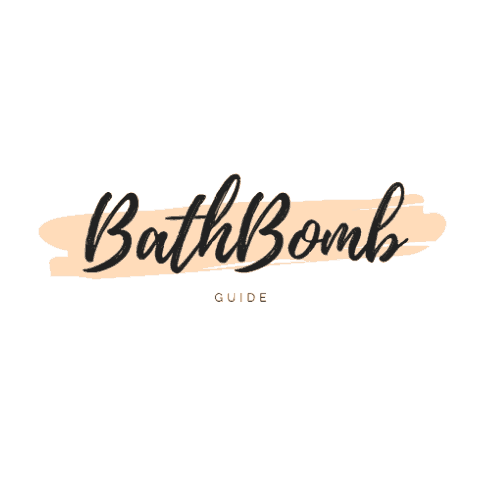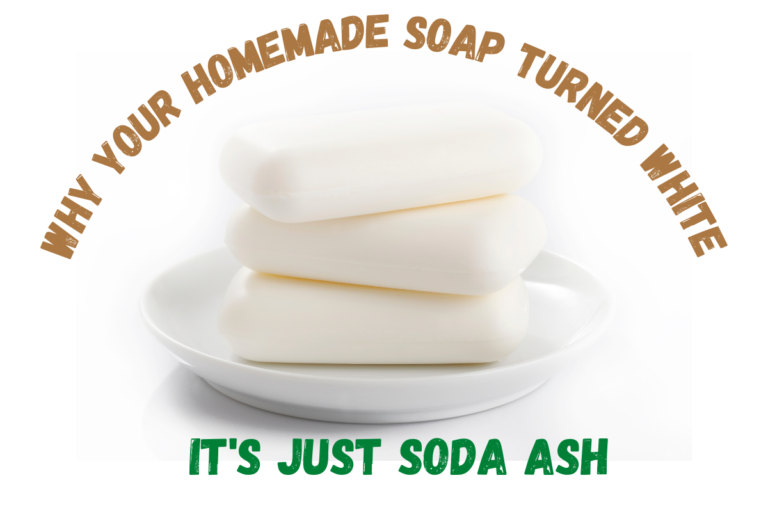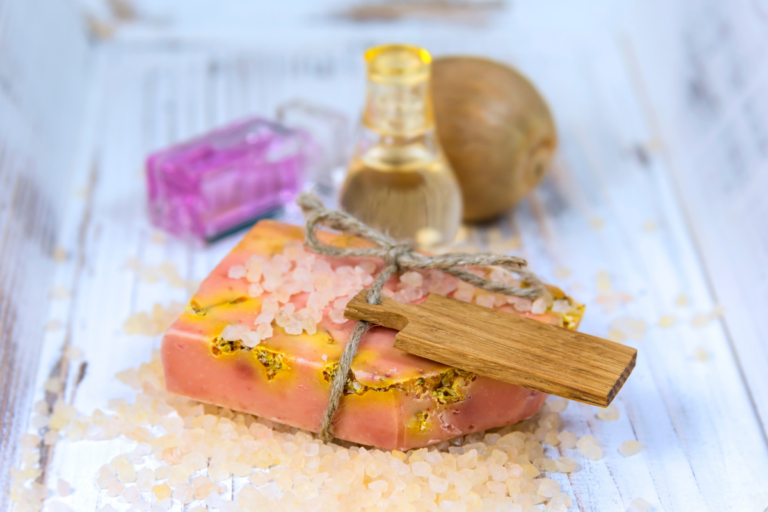Soapmaking at Home: The Essential Materials You’ll Need
Making soap at home is a fun, rewarding experience, but it’s important to make sure you have all the materials you need before you get started. In this article, we will list all the essential materials you’ll need to make your own soap recipes, soap mixture and finished soap ideas.
Materials for Making Soap
Soapmaking is a great way to save money and avoid harsh chemicals found in store-bought soaps. Let’s get started!
1. The basics – oil, water, lye
- Oil (such as olive, coconut, or sunflower)
- Water
- Lye (also known as sodium hydroxide)
- Fragrance oil (optional)
- Colorant (optional)
These are the basic ingredients required for each step making a batch of soap at home. You can find more details on the way to make handmade soap and optional ingredients and measures required around this website.
To make soap, you’ll need to combine the raw materials, the oil, water, and lye. It’s important to be precise when measuring these ingredients, as too much or too little of any one of them can affect the final product.
Many people choose to add fragrance oil and colorant to their soap for a more personalized experience. These ingredients are completely optional, but they can add a nice touch to your soap.
Of course, you can create scentless and colorless soap if you are going down the truly natural and organic route, and there is a market for that.
But you’ll also want some colorful and eye-catching designs and decorations to catch your customer’s eye too.
2. Optional Ingredients
If you are making soap for gifts or to sell at a farmer’s market or retail store, you might want to consider all of the optional ingredients that can be added to add color, scent, and decoration.
Your imagination is your only limitation in this regard, so get your thinking cap on, whilst I present a few basic additional soap-making ingredient ideas.
- Seeds
- Flowers
- Herbs
- Honey
- Vitamin E Oil
- Salt
- Fruit Rinds
Seeds can be a great way to add a natural exfoliate to your soap, whilst herbs and flowers work both from a scenting perspective and can add color for decoration.
You can make your soap even more luxurious by adding things like Honey for a greater lather or Vitamin E Oil for moisturization.
Of course, Vitamin E Oil is also a good antioxidant too.
Fruit Rinds can add color and scent, and consider even something like finely shredded coconut for decoration and exfoliation
3. Safety Gear
Safety should be the utmost consideration at all times when making soap at home as there are some hazardous ingredients like Lye that should be handled with care and given respect in use.
– Gloves (latex or nitrile)
– Long sleeves and pants to avoid contact with lye on skin
– Eye protection (e.g., goggles)
Eye protection is a no-brainer, you may feel a little daft putting on goggles indoors when making soap but you do not want any soap, or finer ingredients finding their way into your eyes.
It is inevitable that with the mixing process, heating, cooling, and pouring there are going to be some splashed, and the last thing you want is any stray lye, especially undiluted, or any soap mix finding itself in the area of your eyes, It will mean instant treatment and a trip to the doctor.
Whilst your eyes are super important, you should also consider your skin.
Gloves are of course essential but think about wearing long sleeves too. As mentioned, there will be splashed, no matter how careful you are, and keeping your arms covered can prevent nasties getting onto your skin or even burning it.
It goes without saying long pants are also advised, don’t be making your home made soap with just underwear on!
4. Tools and equipment
You’ll need things like scales for measuring, pots, bowls and pans, soap molds and more to make your soap.
Ensure you have all of these items ready when you start otherwise your entire process may be disrupted at an inopportune time in the making, and could even as bad as ruining your entire batch, meaning you have wasted and have to start over again.
Having one item missing may mean the cost of the batch is entirely wasted and can not be used again.
Scales
Super Sensitive scales for really accurate measurements are key for soap making. the more accurate the measure the better the mix and the more consistent the end results will be.
This Kitchen Scale has a steady readout, is slimline, and looks cool in the kitchen as well as your soap making workspace.
Thermometer
Keeping a close eye on your temperatures for hot process soap making is essential but need;t be expensive.
This thermometer will suffice and can be used for other purposes in the kitchen, although it is cheap enough to be a dedicated one for your soap-making craft supplies.
Blender
Make mixing easy with a blender, for quick and easy mixing, a small handheld blender will take the elbow out of your soap creation, although always be aware of adding air to your mixture, particularly if you want to avoid air bubbles in your product.
Warning: never use a blender to make your lye solution, the last thing you want is lye flying around all over your workspace.
Containers
You will want a range of containers for your Lye solution, soap ingredient mixing and just for general use to have water and other items to hand in your workspace.
Size will depend on the use you are buying them for, but they are very cheap and readily available in the local hardware stores, or cheaply from online outlets.
Consider: Have a range of colors that you get used to for particular ingredients, to avoid adding the wrong ingredients when mixing – Trust me, It happens! Keep one thing in one colored container, and others in another.
Spoons and Spatulas
A good quality set of spoons and spatulas will serve your soap making crafting well and being such a great product, will last for a very long time, so don;t scrape on cost when buying these.
Cleaned well and looked after they will last and serve many purposes in your homemade soap making process.
A couple of spoons and a couple of spatulas are all you need, and this set of 4 will get you going. You can always add more in different styles and sizes as you find you require them later down the line.
Molds
Your imagination is your only limitation when it comes to the silicone mold you can use to make and shape your bar of soap.
My advice here is not to get too adventurous too early and to keep things simple. once you have mastered your recipes and ingredients, you can start to get more adventurous with your designs.
This starter set of silicone soap molds is everything you need to start making your first soap bars, soap loaves and sink soaps in the first instance, and you’ll still be able to produce some stunning-looking bars of soap with these.
Remember to clean your plastic soap molds after every use to keep them in tip-top condition and to ensure great quality soap-making results time after time.
Soap Cutters
If you are making soap loaves, and want to ensure your bars, whether for gifts or for sale are constantly the same size, make it as easy as A-B-C with this soap loaf cutting block.
You simply use the pre-measured slots with the cutters and you’ll have great-looking and consistently sized bars every time. –
Stamps
The choice of stamps and designs to add a little something special to your soap is almost endless, but to give you an idea, here is a simple stamp which signifies your soap is very much hand crafted and gives it a personal touch.
You can also buy molds with stamps embedded, but my recommendation here is to perfect your process first as these stamps can often fail if your mix is not 100% on, and even then, removal can be tricky and you could end up with less than attractive results, which would be a shame after all your hard work.
5. Workspace
You will want to ensure you have all the workspace required to make your soap at home. it can take up some room, but less, if you are organized
.You will need an area to mix the soap, a place to set it aside to cool, and potentially somewhere to store it as well.
Making sure you have all of these essentials before you start is important so that your experience is positive from beginning to end!




